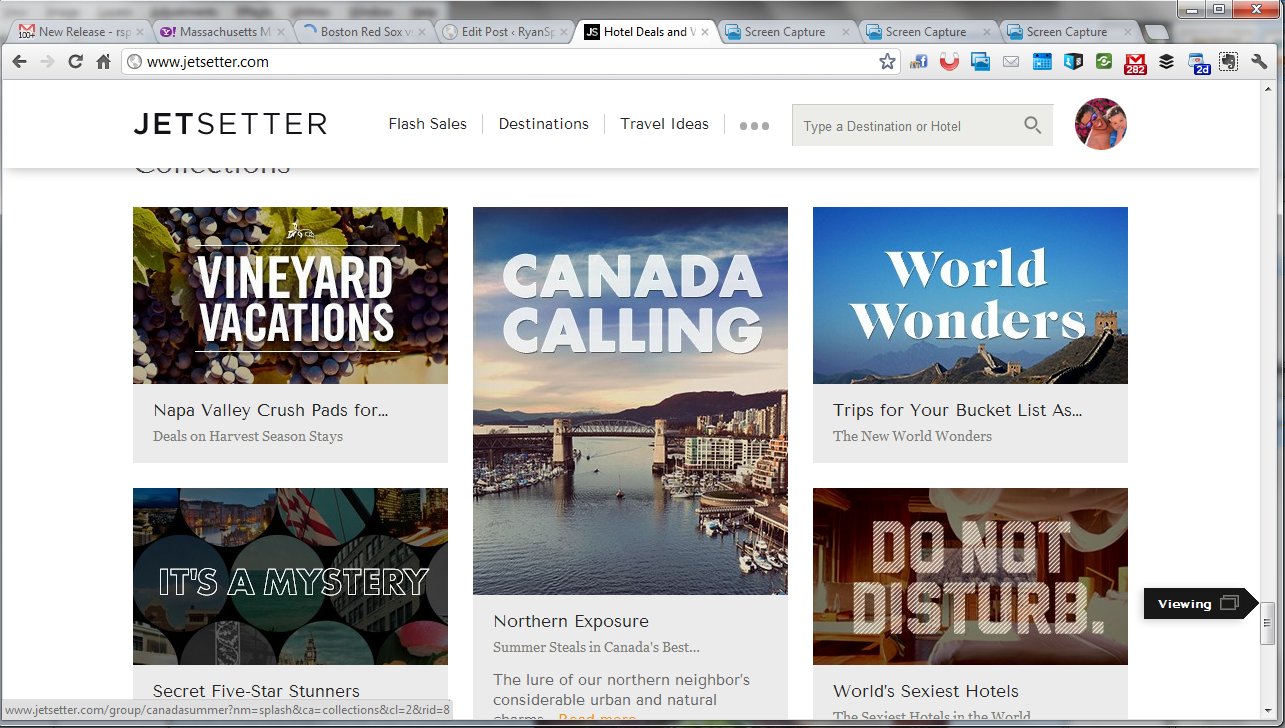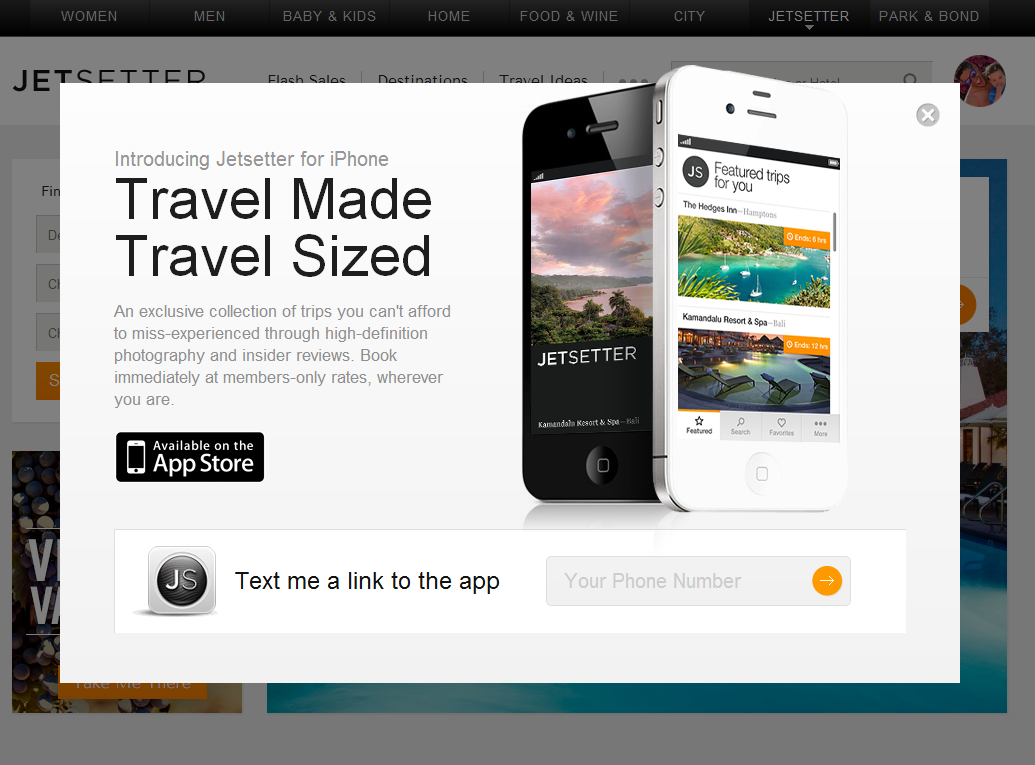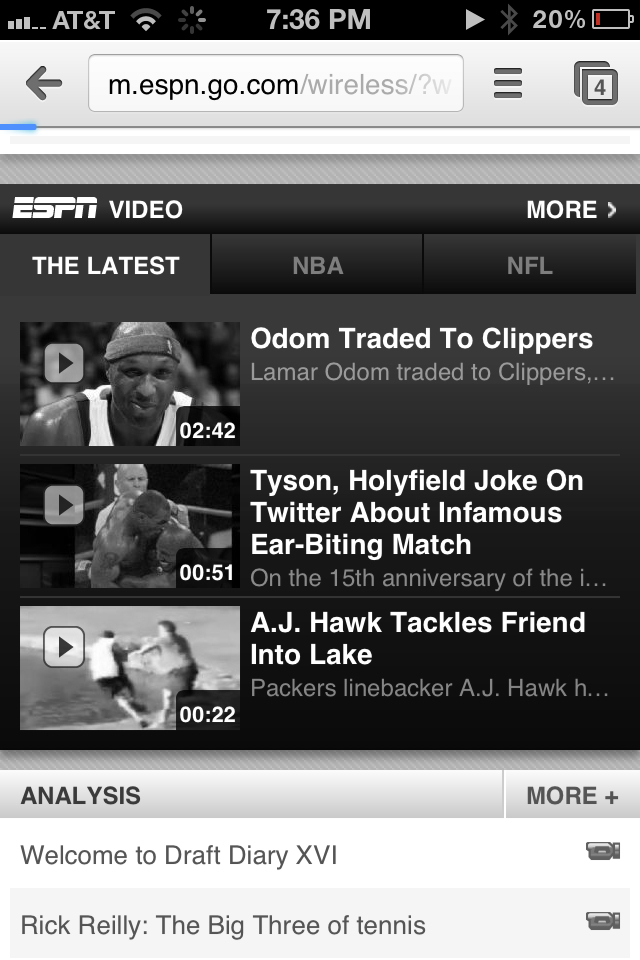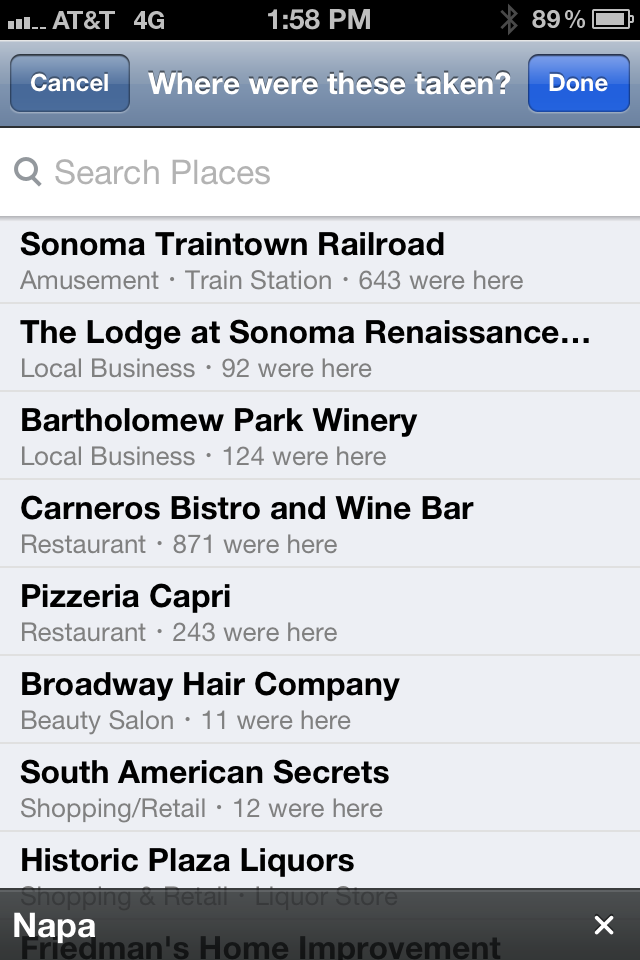Today, we released the new ScoreCenter for iPad. I encourage you to download it, customize it and give feedback. Starting this weekend (college football!) and next (NFL!), you'll surely put it to good use! TechCrunch covered the app this evening ("After 28.5M iOS Downloads, ESPN Launches A Faster, All-New ScoreCenter For iPad"): "ESPN’s ScoreCenter — which delivers live scores, news and standings just about every sports league to your mobile devices — has been downloaded 28.5 million times on iOS devices. While popular, the user experience has been far from perfect. So, it started from scratch and is today launching a complete overhaul of ScoreCenter for the iPad, meant to improve the app’s speed, utility and personalization as the first of its apps to fully utilize its new API program."
Congrats to Joe Alicata, Andy Peterson, and team.
ScoreCenter features:
- Personalized scoreboards, news, and video highlights from your favorite teams and leagues, highlighting the games you care about. - Expanded game views, providing in-depth game coverage. - Breaking news, scores, and videos from the top live events of the day. - Live scoring alerts for your favorite teams and personalized match-ups sent directly to your phone. - Live integrated Gamecasts, plus links to WatchESPN. - Calendar navigation, allowing access to previous scores and upcoming games. - Ability to share your favorite games, videos and news with friends.
















